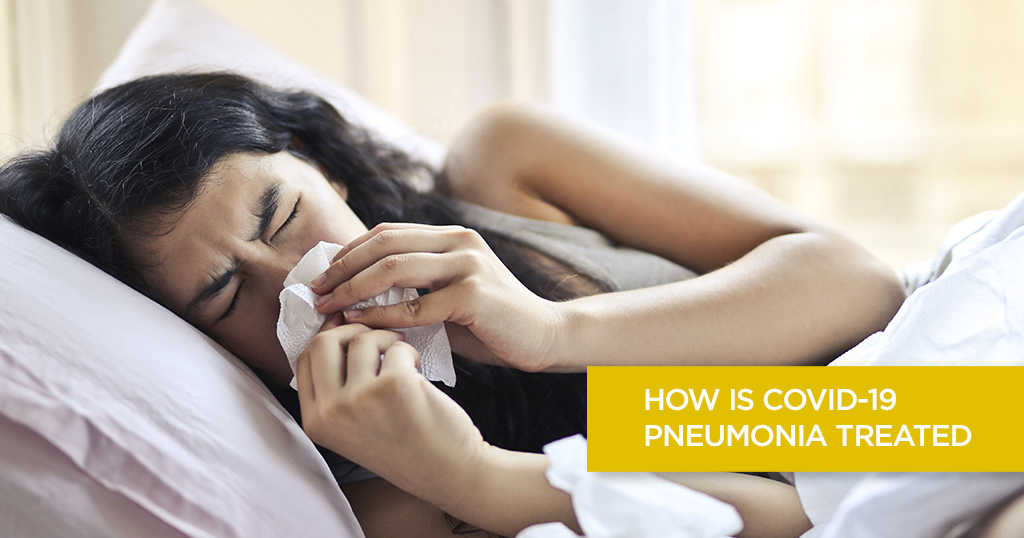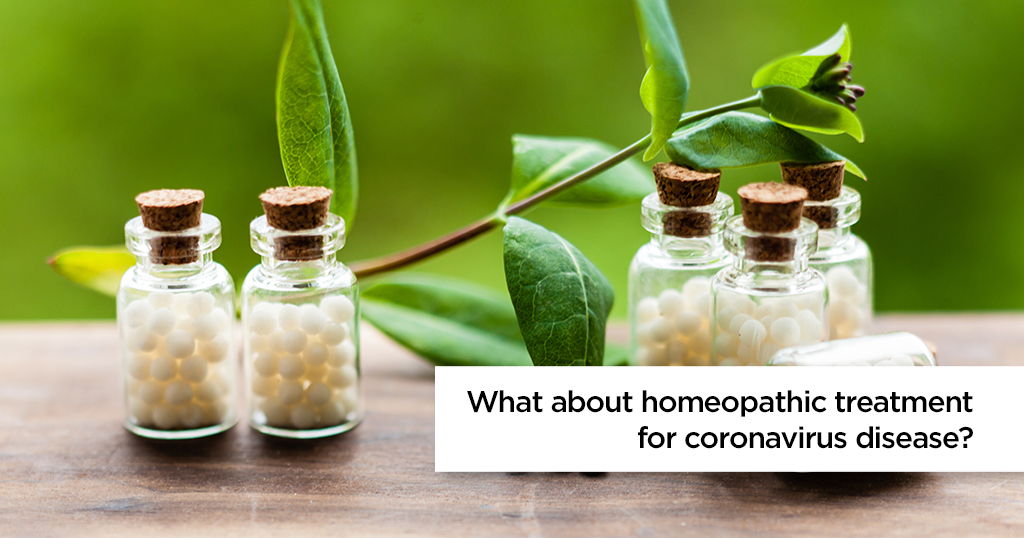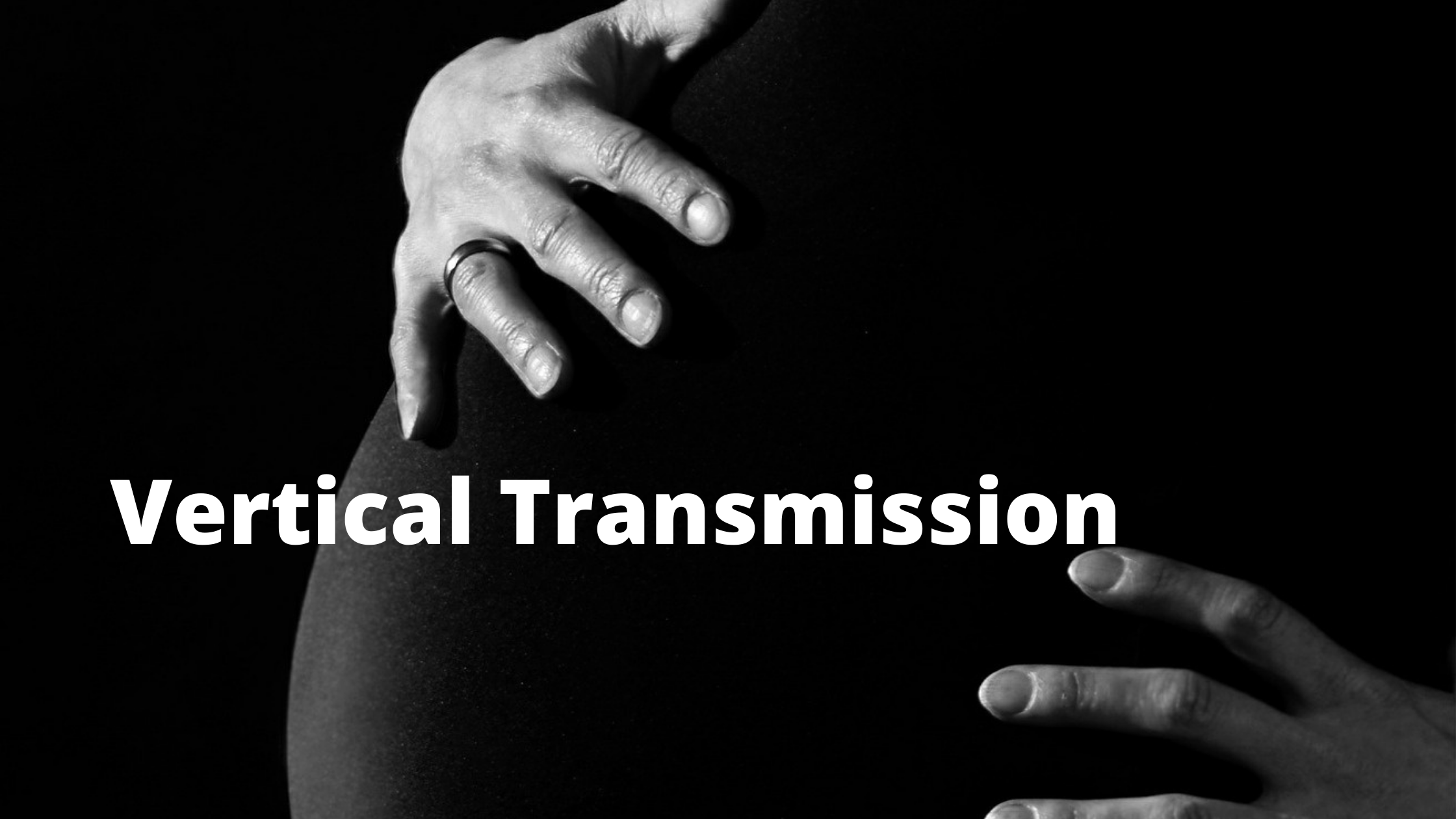How is COVID-19 Pneumonia Treated?


COVID-19 is an infection caused by a virus — SARS-CoV-2. The transmission of COVID-19 is through droplets. You can catch infection when a person is affected by COVID-19 coughs or exhales. Affected persons can remain asymptomatic or might develop flu-like symptoms like cough, fever, headache, etc.
Which system of our body is affected by the novel coronavirus?
Medical professionals at AIIMS(All India Institute of Medical Science) reported that the novel coronavirus could affect almost any organ of our body, but the most prevalent appears to be the respiratory system.
How exactly does it harm our respiratory system?
The virus affects the lungs, leading to flu-like symptoms, i.e., coughing and breathlessness or shortness of breath in severe cases.
Anatomy of the human respiratory system
The air we breathe in passes through our nostrils into the nasal cavity. It then moves down the trachea(also known as the windpipe). The trachea bifurcates into two primary bronchi(left and right primary bronchi), which enter the respective lungs. Both the left and the right primary bronchi branch into secondary & tertiary bronchi and eventually bronchioles. Bronchioles open up into sac-like structures called alveoli, which is the site for the exchange of oxygen and carbon dioxide in the bloodstream.
What is pneumonia?
Pneumonia is an infection of one or both the lungs due to a foreign pathogen. Our body, in response to every foreign pathogen, elicits a protective response, called inflammation. The inflammation of pneumonia in the lungs happens to be at the gas exchange site, alveoli. This inflammation causes the accumulation of fluid and dead cells in the alveoli.
The air sacs are partially or filled with liquid in place of gases. The rate of gas exchange decreases, but our body’s oxygen requirement remains the same. To meet our body’s oxygen demand, there is an increase in the respiratory rate(increase in the number of breaths per minute), leading to shortness of breath and breathlessness. The affected person may additionally have symptoms like cough, fever, chest pain, chills, or fatigue.
What is COVID-10 pneumonia?
Pneumonia is not new to medical science. This can be caused by bacteria, fungi, and viruses. Pneumonia associated with the novel coronavirus was initially named novel coronavirus-infected pneumonia(NCIP). This was later renamed by the WHO(World Health Organisation) as COVID-19, which stood for coronavirus disease 2019.
How do I know if my pneumonia is caused by a novel coronavirus?
The symptoms of COVID-19 pneumonia resemble other types of viral pneumonia. The only way as of now is to get tested for the novel coronavirus. While research is underway to differentiate COVID-19 pneumonia from other types of pneumonia, one study recommends using CT scan and laboratory tests. This include:
● “Ground glass” appearance of lungs in a CT scan. Sometimes there are thickened interlobular and intralobular lines in combination with a ground glass pattern. This is called crazy paving.
● COVID-19 pneumonia affects both the lungs compared to just one.
● Low lymphocyte count.
● Elevated CRP(C-Reactive Peptide).
What is the treatment for COVID-19 pneumonia?
As of now, no medication has been approved for the cure of COVID-19 pneumonia. The mode of treatment is symptomatic treatment, i.e., easing your symptoms.
The primary problem of COVID-19 pneumonia is oxygen deficiency. So, the patient is put on oxygen support. Severe cases may require a ventilator to help the patient breathe and intravenous(IV) fluids are administered to prevent dehydration.
At times people with viral pneumonia get afflicted with secondary bacterial pneumonia. Antibiotics are used to treat this condition.
Some drugs have been found to be potential therapies for the treatment of COVID-19. These include:
● Remdesivir, an antiviral that was originally developed against the Ebola virus.
● Favipiravir, an antiviral.
● Dexamethasone, a corticosteroid.
● Hydroxychloroquine, an antimalarial approved for prophylaxis of COVID-19.
Recently, the Indian government approved the use of antivirals like Fapipiravir and Remdesivir to treat COVID-19. However, its efficacy in COVID-19 remains a debate among health professionals.
What to do if you suspect that you have COVID-19?
● Do not take any medication without consulting a registered medical practitioner as every drug comes with a side effect. To cure one disease, you may fall under the trap of another.
● Monitor your SPo2(oxygen saturation) with the help of a pulse oximeter. Report to the hospital if the oxygen saturation drops below 92.
● Get an antigen test or RT-PCR test done as soon as any symptoms occur; this will rule out other causes and bring clarity to the diagnosis.
What percentage of COVID patients develop COVID-19 pneumonia?
Reports say that about 15% of people infected with COVID-19 are categorized under the “Severe” category, supplemented with oxygen therapy. And 5% of those may need a ventilator. Patients having pneumonia have a high chance of developing ARDS(Acute Respiratory Distress Syndrome).
Some patients are highly susceptible to developing COVID-19 pneumonia. These include:
● Adults aged 65 years and older.
● Comorbidities like
○ COPD(Chronic Obstructive Pulmonary Disease) or any other respiratory disorder.
○ Diabetes
○ Asthma
○ Heart disorders like CAD(Coronary Artery Disease)
○ Liver disease
○ Obesity
● Weak immune system: Certain conditions weaken the immune system. Some of them are:
– HIV
– Organ or bone marrow transplant
– Chemotherapy or cancer treatment
– Receiving medications for autoimmune diseases or drugs like corticosteroids
What is the u prophylaxis for COVID-19 pneumonia?
The cheapest, safest, and the only prophylaxis, not just for COVID-19 pneumonia but also COVID-19, is social distancing. In addition to that, there are other important precautions one should take:
● Keep up the habit of handwashing.
● Stay hydrated, have a healthy diet, and quality sleep.
● Stay active and dedicate at least half an hour in exercises and yoga practices.
● If you’re having any comorbidities, take your medications regularly. Comorbidities tend to increase mortality. So, if you’re a diabetic, you need to get your blood sugar under control.
● Avoid stepping out in a crowded area.
Conclusion
Thus, it is extremely important to seek immediate help from medical professionals if you suspect that you have been infected by COVID-19. Treating and recovering from COVID-19 pneumonia is easier if detected early.
Request an appointment at Apollo Hospitals
Call 1860-500-1066 to book an appointment
© Copyright 2024. Apollo Hospitals Group. All Rights Reserved.
 +91 8069991061
Book Health Check-up
Book Health Check-up
Book Appointment
Book Appointment
+91 8069991061
Book Health Check-up
Book Health Check-up
Book Appointment
Book Appointment







